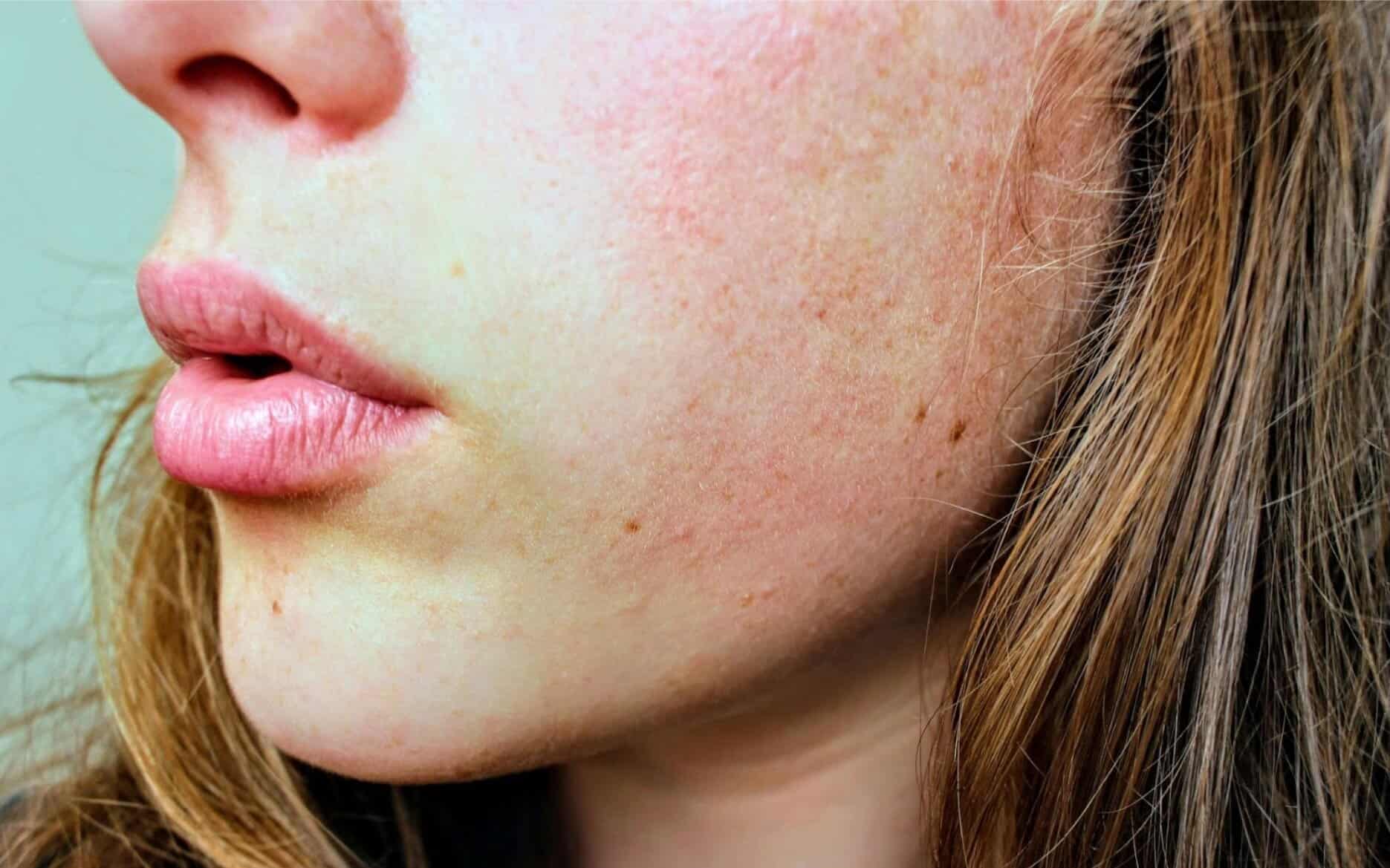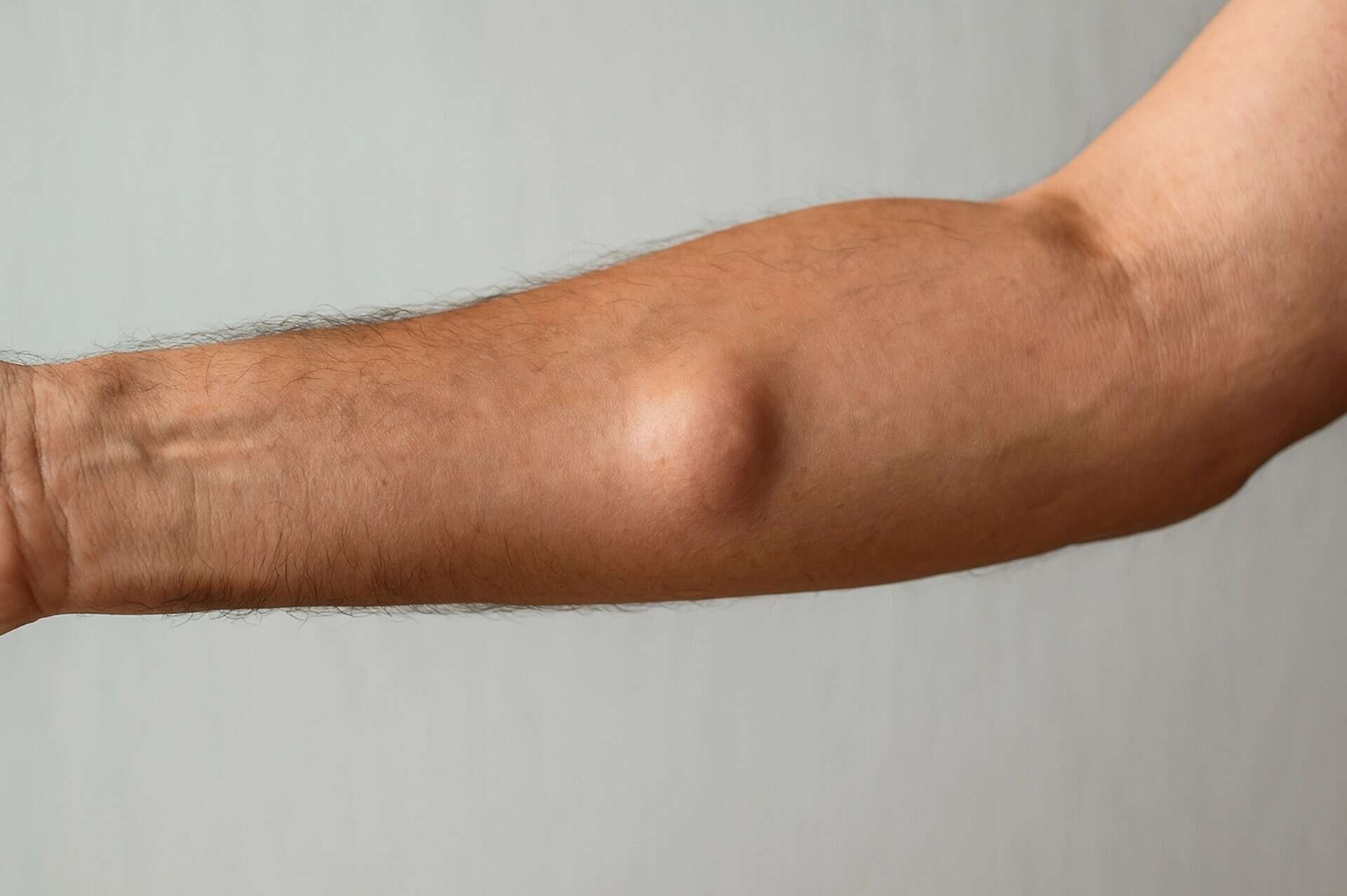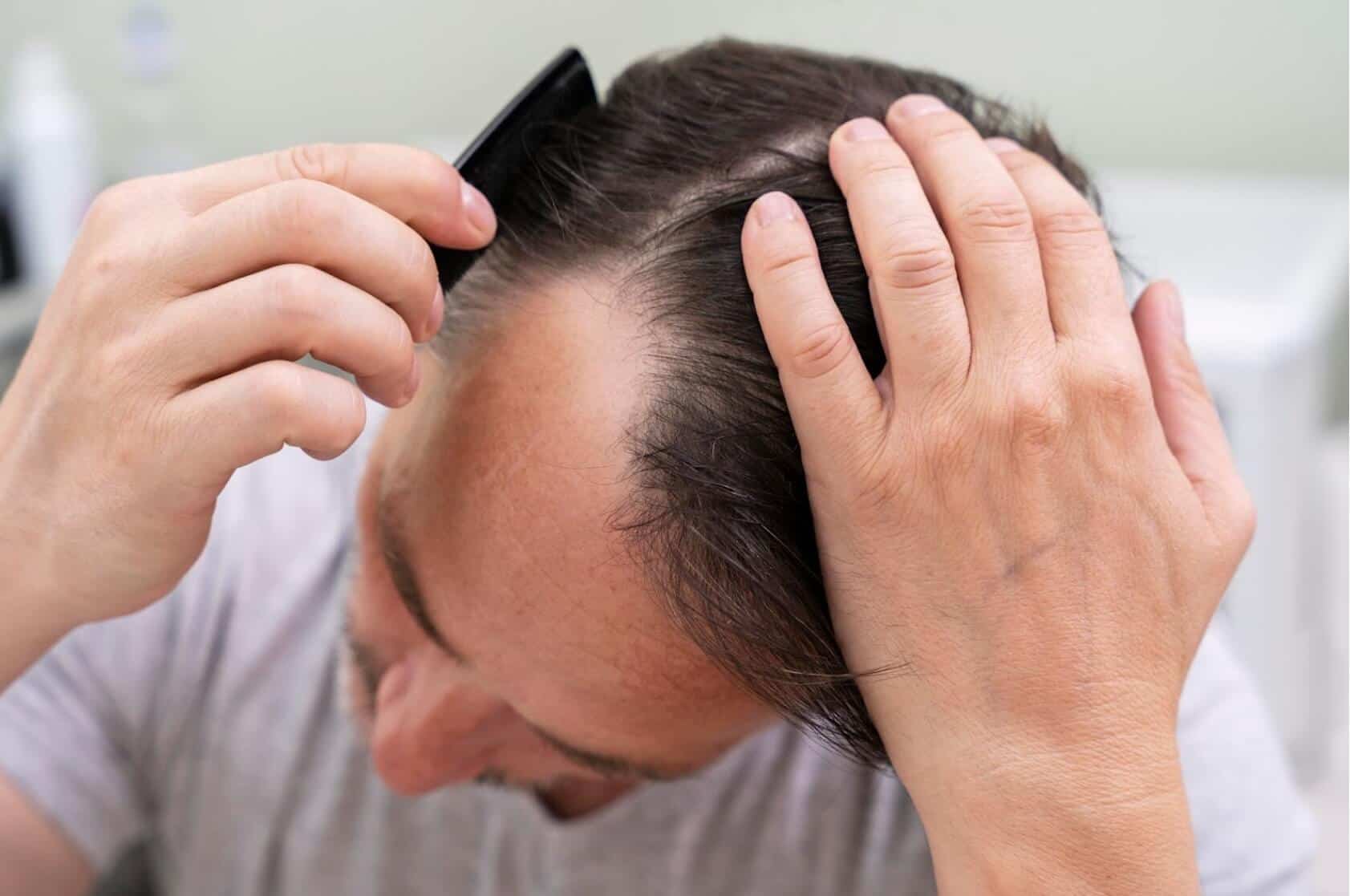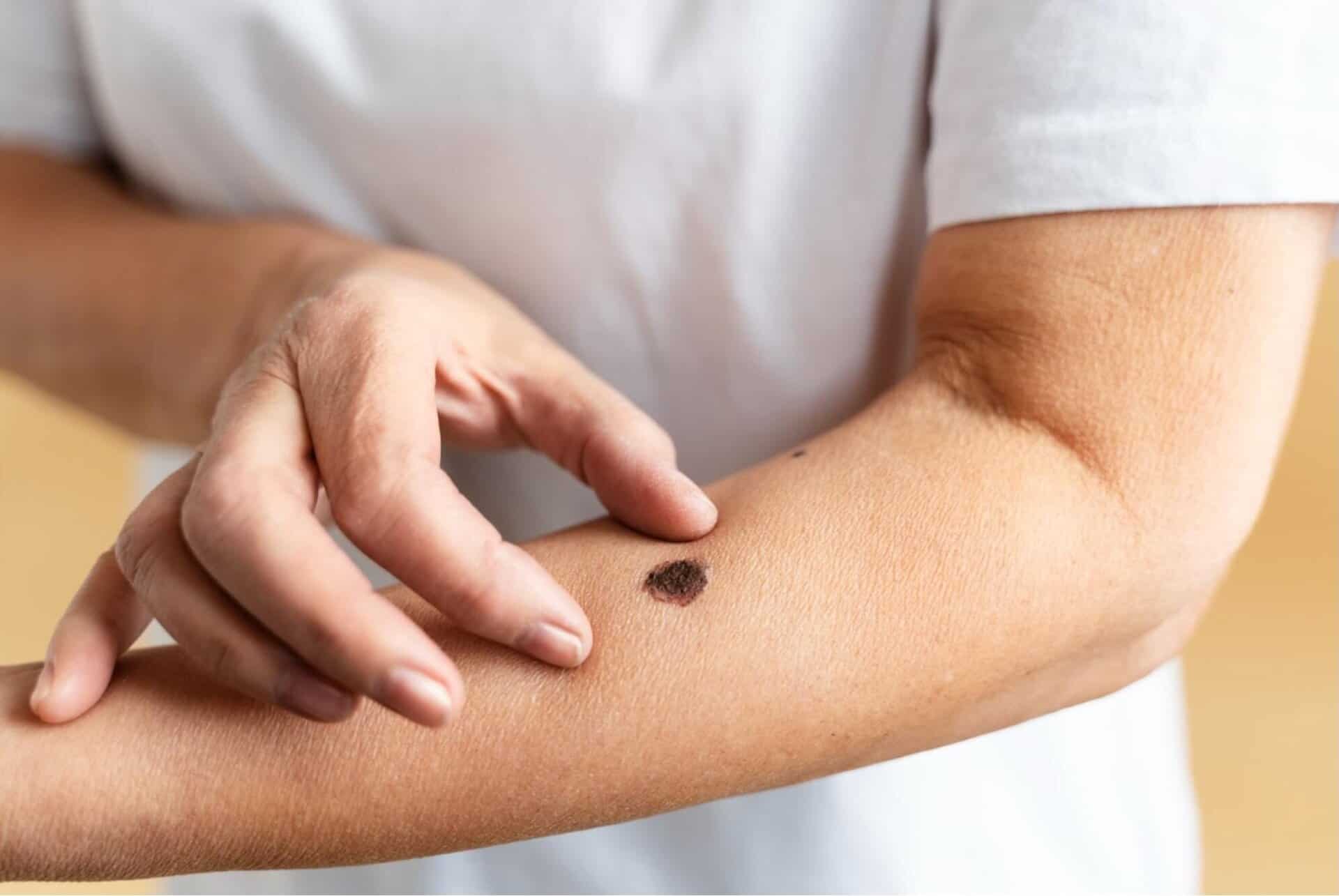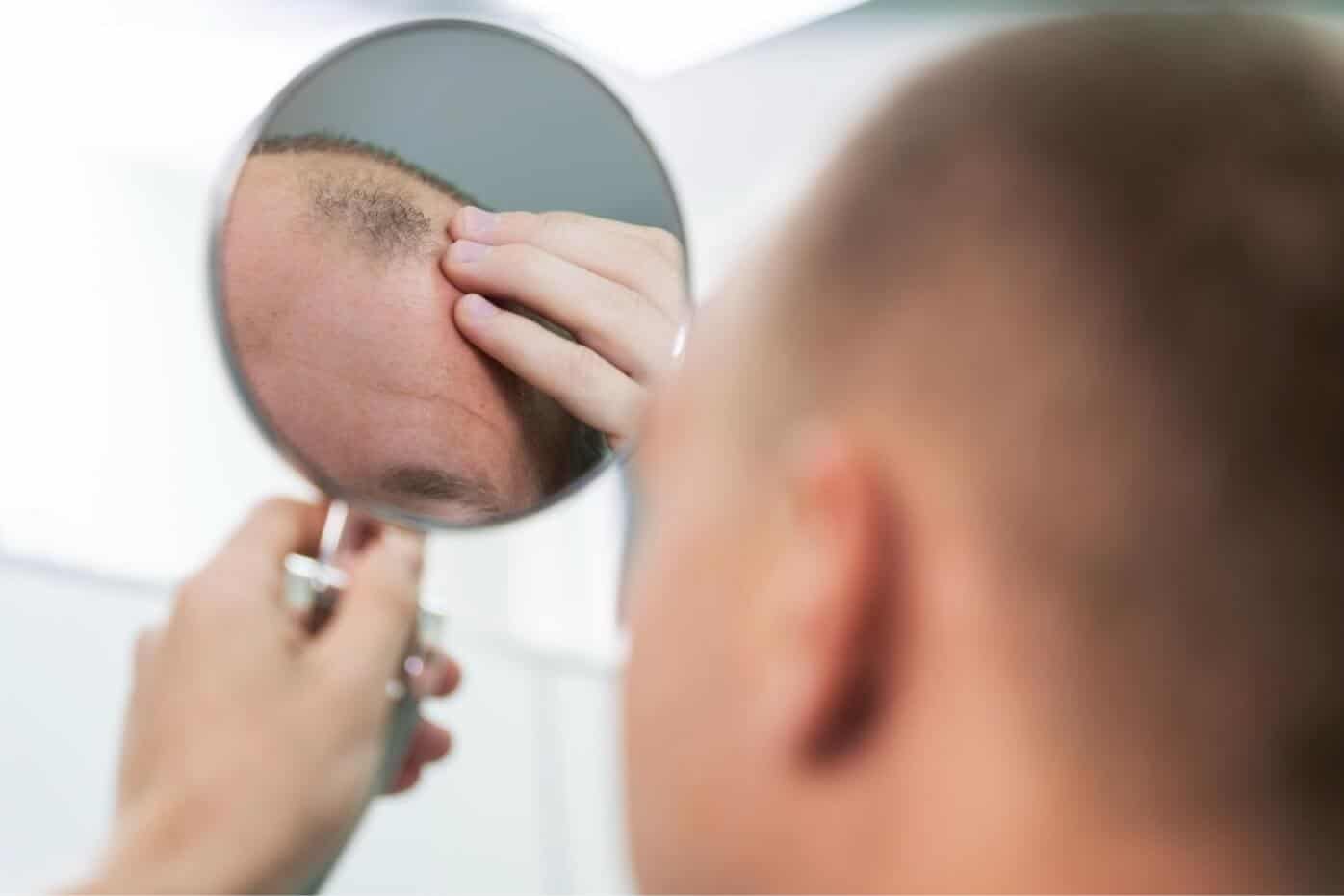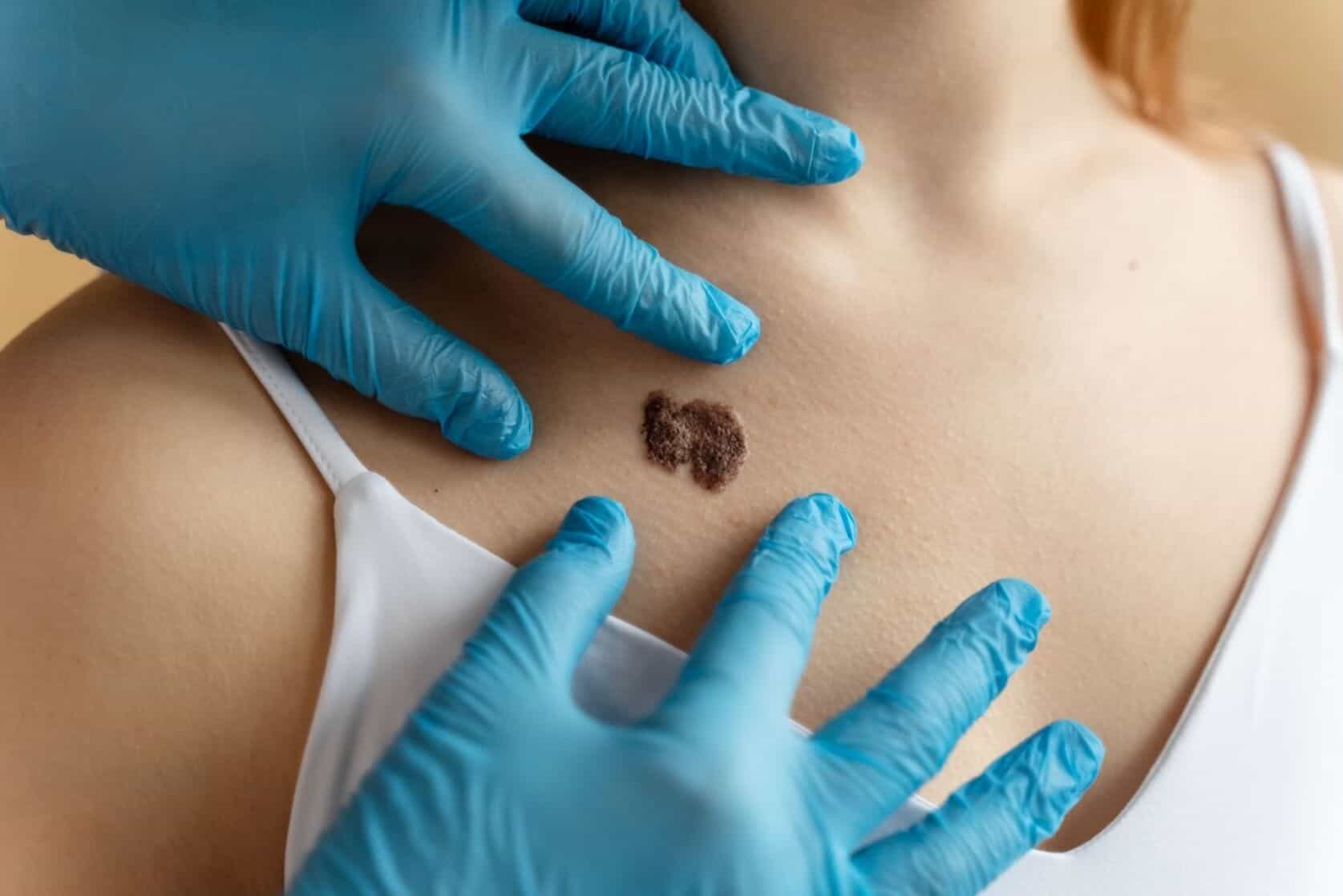Laser hair removal provides long-term hair reduction rather than permanent elimination. Most people experience 70-90% reduction that lasts for months to years, with occasional maintenance sessions needed. Results depend on hair color, skin tone, and treatment area.
- Dr Anny Choudhry
- Reading Time: 10 Mins
Laser hair removal offers a compelling alternative to the endless cycle of shaving and waxing. Many clients seek this treatment, hoping for a permanent solution, but the reality is more nuanced. You need to understand what “permanent” truly means in this context. This can help set realistic expectations and ensure satisfaction with your investment in smoother skin.
Key Takeaways
- Laser hair removal provides significant reduction (70-90%) rather than permanent elimination, with results typically lasting months to years.
- Results vary based on individual factors, including hair colour, skin tone, treatment area, and hormonal influences.
- Most people require 6-8 initial sessions followed by occasional maintenance treatments to maintain optimal results.
Table of Contents
What Is Laser Hair Removal?
Laser hair removal is a medical procedure that uses concentrated light beams (lasers) to target and damage hair follicles, inhibiting or delaying future hair growth.
Unlike shaving (which cuts hair at the surface) or waxing (which pulls hair from the root but leaves the follicle intact), laser treatment targets the follicle itself.
Different laser types are used based on your specific needs:
| Laser Type | Best For | Long-Term Reduction Rate |
|---|---|---|
| Alexandrite (755nm) | Fair to olive skin | 35–84.3% |
| Diode (800–810nm) | Medium to dark skin | 32.5–69.2% |
| Nd:YAG (1064nm) | Dark skin tones | 30–73.6% |
According to a 2022 systematic review from the University of Aberdeen, these different laser types achieve varying degrees of long-term hair reduction, with results dependent on both the technology used and the treatment area.
How Laser Hair Removal Works
The science behind laser hair removal hinges on a principle called selective photothermolysis.
Each hair grows from a follicle beneath your skin. The laser emits light that is absorbed by the melanin (pigment) in your hair. This light energy converts to heat, which damages the follicle and impairs its ability to grow new hair.
Hair grows in three distinct phases:
- Anagen (Growth): When hair is actively growing and connected to the blood supply
- Catagen (Transition): A brief phase where growth stops and the follicle shrinks
- Telogen (Resting): The resting phase before the hair falls out and the cycle restarts
Lasers only effectively target hairs in the anagen phase. Since only about 20-30% of your hair is in this phase at any given time, multiple sessions spaced weeks apart are necessary for comprehensive results.
This is why a single treatment is never enough. Most people require 6-8 sessions to catch all hairs in their growth phase.
The Truth About Permanent Results
Let’s address the elephant in the room: laser hair removal is not technically “permanent” for most people.
The FDA carefully defines “permanent hair reduction” as the long-term, stable reduction in the number of hairs regrowing after a treatment regimen. This doesn’t mean all hair will be gone forever.
Research published in Dermatologic Surgery found that even after successful treatment, some follicles can recover and produce new hair. The study observed 54% hair clearance at 6 months and 42% at 15 months post-final session.

Many people are delighted with these results, even if they’re not “permanent” in the absolute sense. Our laser hair removal treatment provides these long-lasting benefits while setting proper expectations.
Result Timelines
Laser hair removal results follow a predictable pattern, though individual experiences vary.
- After First Treatment: You’ll notice some immediate hair shedding within 1-3 weeks, but this represents only those hairs that were in the active growth phase.
- During Treatment Series: With each session, more follicles are disabled, leading to progressively less hair growth. By your third or fourth session, you should notice a significant reduction.
- Short-Term Results (1-6 months after final session): A 2023 PLOS ONE study found professional laser devices achieved approximately 85-88% underarm hair reduction after six sessions. The most dramatic results are visible at this stage.
- Long-Term Results (6 months – 2+ years): Some regrowth typically occurs. A JAMA Dermatology study documented a 70-90% reduction in underarm hair still present 12 months after Nd treatments in darker-skinned patients.
This table illustrates typical results over time:
| Timeline | Expected Results |
|---|---|
| 1–3 weeks after the first session | Initial shedding of treated hairs |
| After 3–4 sessions | 30–50% reduction visible |
| 1–6 months post-final session | 70–90% reduction |
| 1–2 years post-treatment | Maintenance may be needed for some |
Factors Affecting Hair Removal Success
Not all laser hair removal journeys are created equal. Several factors significantly influence your results:
Hair Colour and Thickness The ideal candidate has dark, coarse hair. The greater the contrast between hair and skin, the better the laser can target the follicle. Grey, blonde, red, and very fine hair contains less melanin, making it harder to treat.
Skin Tone Traditional lasers work best on fair skin with dark hair. However, modern devices like Nd can safely treat darker skin tones. A 2005 JAMA Dermatology study showed excellent results using Nd lasers on patients with pigmented skin.
Treatment Area Body regions respond differently:
- Legs and arms: Often respond well with longer-lasting results
- Face, neck, and chin: May require more maintenance due to hormonal influences
- Bikini and underarms: Generally respond very well with proper treatment
Hormonal Factors Hormonal conditions like PCOS or pregnancy-related changes can stimulate new hair growth even after successful treatment. This doesn’t mean the treatment failed; these are new hairs rather than regrowth from treated follicles.
Maintenance Requirements of Laser Hair Removal
Most people require periodic maintenance to preserve their results.
Initially, after completing your primary treatment series, you may not need any touch-ups for 6-12 months. When you notice minor regrowth, a single maintenance session can often restore your results.
For facial areas, especially in women with hormonal influences, maintenance might be needed every 3-6 months. For body areas like legs or arms, many clients find annual touch-ups sufficient.
These maintenance sessions are typically shorter and less expensive than your initial treatments. They target the small percentage of follicles that have recovered or new hairs that have developed.
Some clients find they need fewer maintenance sessions over time as the remaining hair becomes increasingly sparse and fine.
Laser Hair Removal Safety Guidelines
Laser hair removal is generally safe when performed by qualified professionals, but understanding proper care is essential.
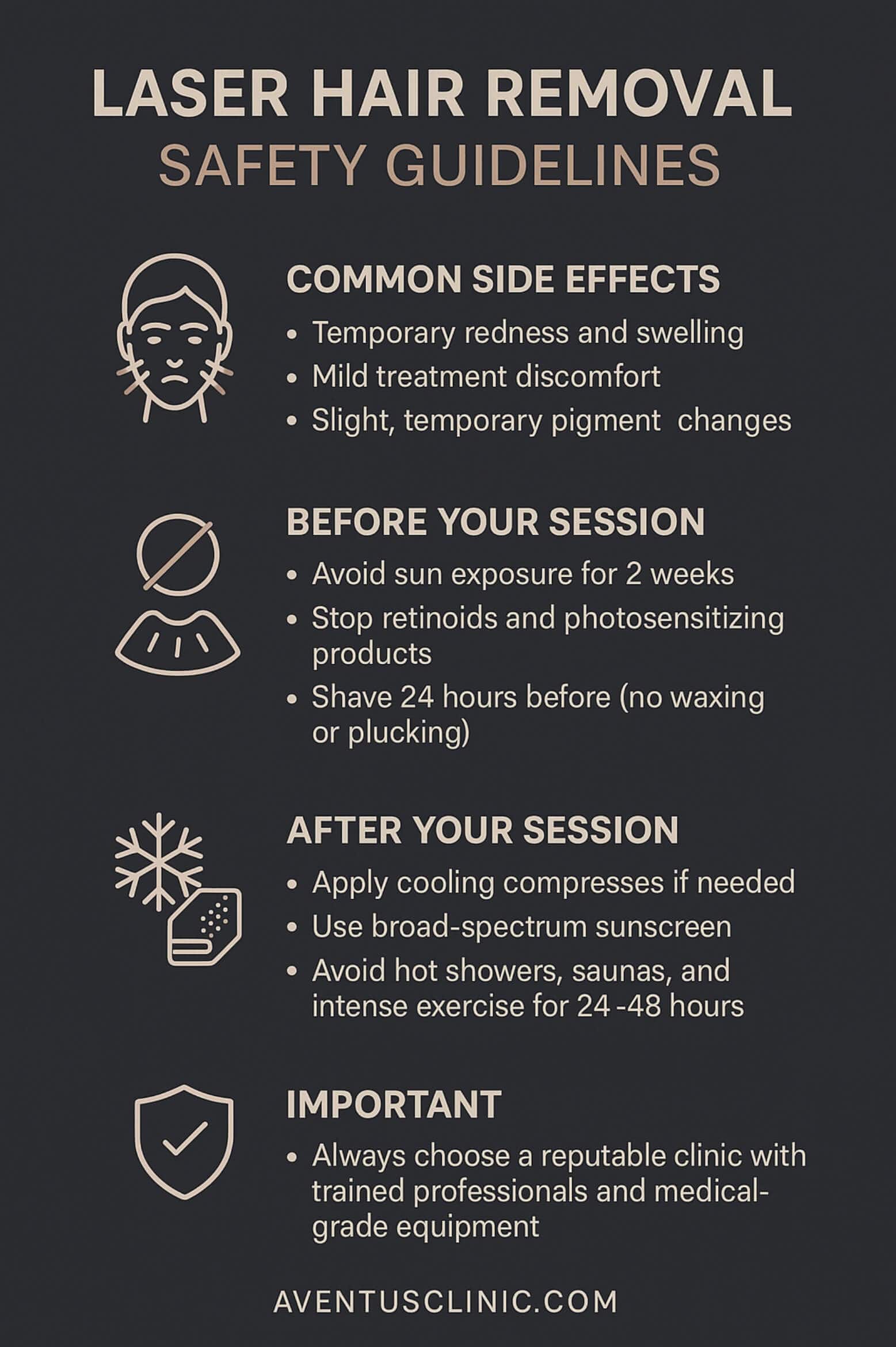
Conclusion
Laser hair removal offers impressive, long-lasting results, even if it’s not permanent for everyone. With realistic expectations and proper maintenance, you can enjoy smooth skin for years with minimal upkeep.
Ready to start your journey to smoother skin? We invite you to book a free online assessment with our experts, who can evaluate your specific needs and create a personalised treatment plan for optimal results.
Frequently Asked Questions
Is laser hair removal effective on light or grey hair?
Unfortunately, traditional lasers are less effective on light hair due to insufficient melanin to absorb the laser energy. Newer technologies show some promise, but results remain limited for very light or grey hair.
Can hormonal changes cause hair to regrow after laser treatment?
Yes. Hormonal fluctuations from pregnancy, menopause, or conditions like PCOS can stimulate new hair growth. These are new hairs rather than regrowth from successfully treated follicles.
Can laser hair removal be done on all skin types?
Modern lasers like Nd can safely treat all skin types, including darker skin tones. However, treatment parameters must be adjusted appropriately, making it essential to choose a practitioner experienced with your skin type.
Does laser hair removal hurt?
Most people describe the sensation as a rubber band snap or warm pinprick. Discomfort varies by individual pain tolerance and treatment area. Newer devices include cooling systems that significantly reduce discomfort.
Can laser hair removal cause skin damage or burns?
When performed correctly by qualified professionals, the risk is minimal. However, improper settings or inexperienced practitioners can cause burns or pigmentation changes. This underscores the importance of choosing a reputable clinic.



